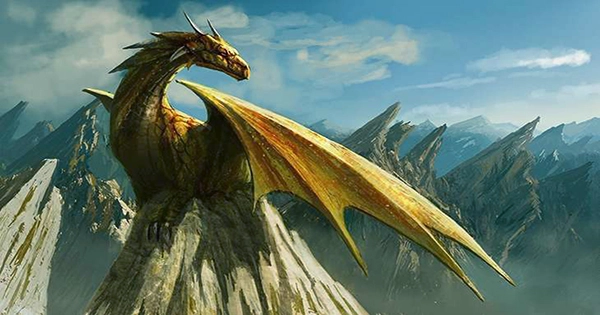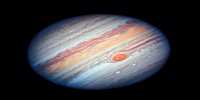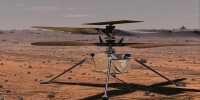Like many others, I’ve recently developed a fascination with the lives and loves of Westeros’ ruling classes. Although occasionally endearing, the people of Westeros spend a lot of time arguing over who should be in control. Game of Thrones is incredibly fascinating, but avoid becoming emotionally invested in any of the characters because life expectancy in their society seems to be quite erratic.
Daenerys Targaryen, one of the many aspirants to power, spends a lot of time near and occasionally on dragons. My expertise as an aeronautical engineer started me thinking about the fabled creatures, and it seemed to me that their world must function somewhat differently from Earth’s in order for them to be able to fly.
A dragon’s size can be estimated by comparing it to Daenerys, who appears to be roughly 1.6 meters (5 foot 3 inches) tall and weighs about 60 kilos (132 pounds). The dragon appears to have a body that is around four times as long as hers, nearly five times as deep, and twice as wide, with a tail that is about the same length as its body and roughly as thick. Given that women and dragons have similar densities, a fully grown dragon would weigh around 2,600 kilograms, or 44 times as much as Daenerys (5,700lb).
Let’s assume the same gravitational force as everyone in Westeros appears to move similarly to us on Earth. This places the dragon’s weight at 26,000 Newtons (which we’ll call W) at a nominal acceleration due to gravity of 10 meters per second per second (32 ft/s/s).
Two additional pieces of knowledge are necessary if we are to comprehend the aerodynamics of flying dragons. The wing area comes first. Let’s calculate the wings as two rectangles measuring 4 by 8 meters (13 by 26 feet), or 64 m2 (340 feet), and designate them S. Each wing appears to have a span that is nearly twice the length of the dragon’s main body.
Second, the slowest speed at which the dragon can fly without losing control and collapsing to the ground. It would be plausible to assume that, like airplanes and birds, dragons take off and land at a speed close to their stalling speed. According to the programs, the dragon’s body length of around 13 meters appears to pass by in just under three seconds, which places the stalling speed at roughly 4.3 meters per second or 14 feet per second.
As an engineer, I frequently turn to mathematics to solve problems; in this case, the common lift equation of:
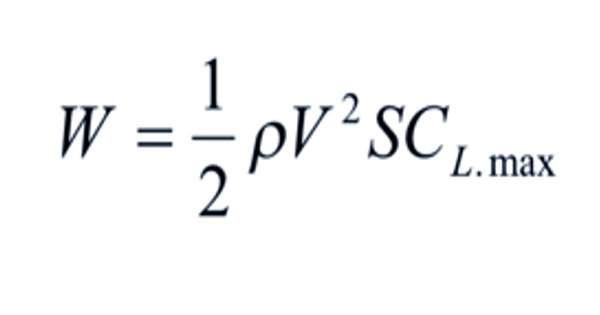
The lift coefficient is 36 when we assume the average earth’s sea level air density of = 1.2kg/m3. which is totally improbable.
A Rogallo winged microlight aircraft, which is a small single or two-seater aircraft made of a light frame, a small engine, and a textile wing similar to that used for hang gliding, would have a lift coefficient of between 2.2 and 2.7. Although the dragon’s wing has undoubtedly evolved to be extremely efficient, I had to make some assumptions in this situation, so I chose a maximum lift coefficient (or CL.max) of 3.5.
In spite of the possibility of magic, this indicates that Westeros’ atmosphere must be far denser than ours. The same figures allow us to determine how dense:
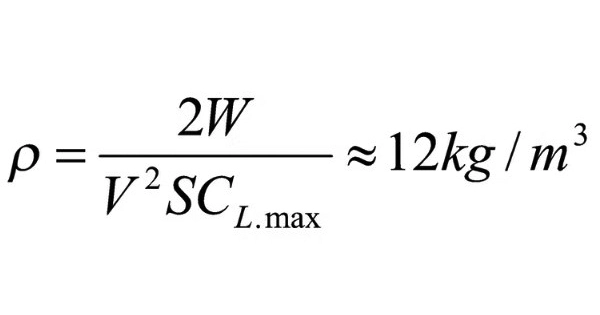
Although 12 kg/m3, or around 10 times that of Earth (we call that 10 bar), sounds uncomfortably high, it isn’t that horrible. It’s fully survivable and similar to what a diver would encounter at a depth of 100 meters.
Empirical proof is available to back up this claim. You’ll note after watching a few episodes of Game of Thrones that almost anyone can take up a spear or blade and throw it long distances, surpassing the abilities of an Olympic javelin thrower. This means that the thrown weapons are producing far more lift than on Earth because the gravity appears to be fairly similar to ours, which is consistent with a denser atmosphere.
Something is in the air.
I pondered the composition of the gases in this environment. The composition of the Earth’s atmosphere is 78% nitrogen, 21% oxygen, and 1% other gases. We are both currently breathing 21 percent oxygen, which is acceptable, but 30 percent oxygen concentrations make nearly anything very flammable (beyond that starts to verge on explosive). This seems extremely possible in Westeros because everyone there tends to catch fire at the mere whiff of dragon breath, and most residents seem to be worried about starting fires anywhere besides inside a stone castle. The air in Westeros is probably high density and contains no more than 30% oxygen.
How about the rest? Here, I’m going to venture an informed guess that it might not be the nitrogen that we’re accustomed to on Earth, but rather argon, an inert gas that ranks second to nitrogen in terms of frequency. Because argon is 42 percent denser than nitrogen, a denser atmosphere may exist at pressures a little lower than 10 bar.
Charles’ Law, which shows how to add up the components, and Boyle’s Law, which demonstrates what occurs when pressure rises, are two laws related to gases that can be used to determine the behavior of the argon and oxygen air mixture in this situation. Using them, I can demonstrate that an atmosphere with a 70/30 argon content allows for the flight of dragons at a pressure of roughly seven atmospheres. Simply put, if the air is heavier, we can have a denser atmosphere. In this example, we would replace the inert nitrogen present on Earth with the heavier (or more precisely, denser) argon.
When breathed at high pressures, this mixture of argon and oxygen (sometimes known as “Argos”) will actually be mildly narcotic. This may help to partially explain the sometimes illogical and outright hostile behavior displayed by many Westerosians.
Therefore, having a rudimentary understanding of physics, aerodynamics, and human physiology can reveal a lot about Westeros, a place where dragons soar, fire is dreaded, and people’s erratic behavior is often caused by their breathing rather than their alcohol intake. Visiting Senior Research Fellow in Aeronautics at Brunel University London, Guy Gratton
